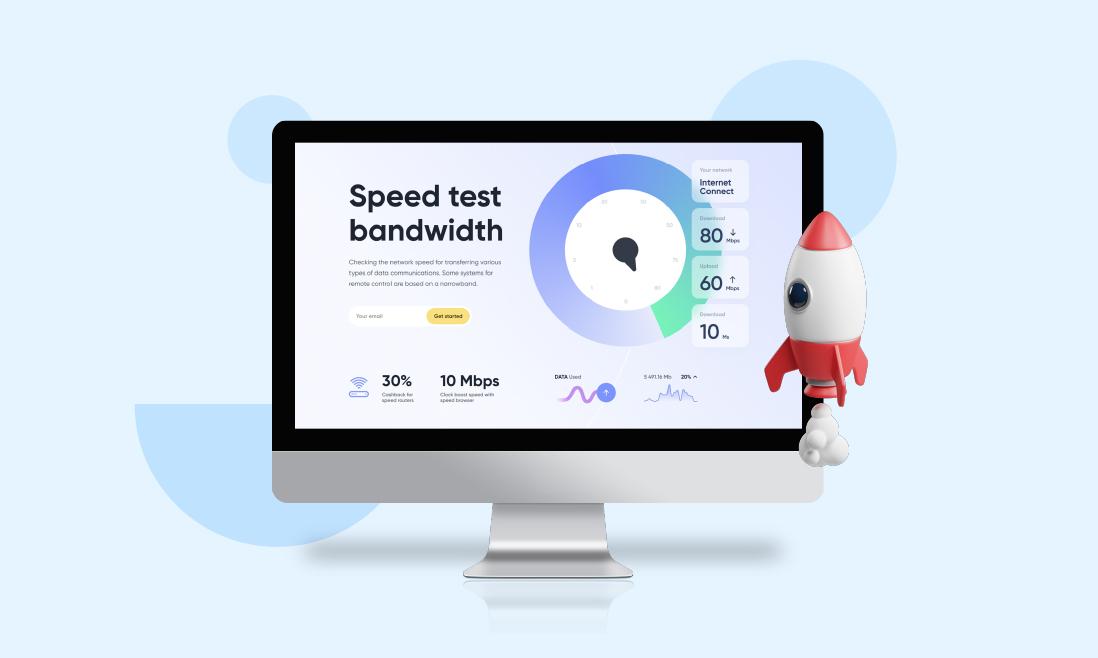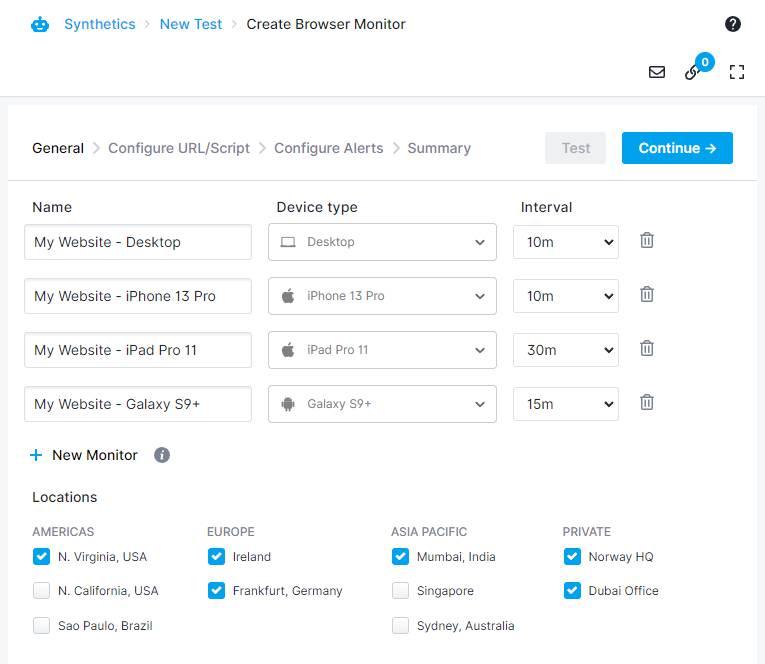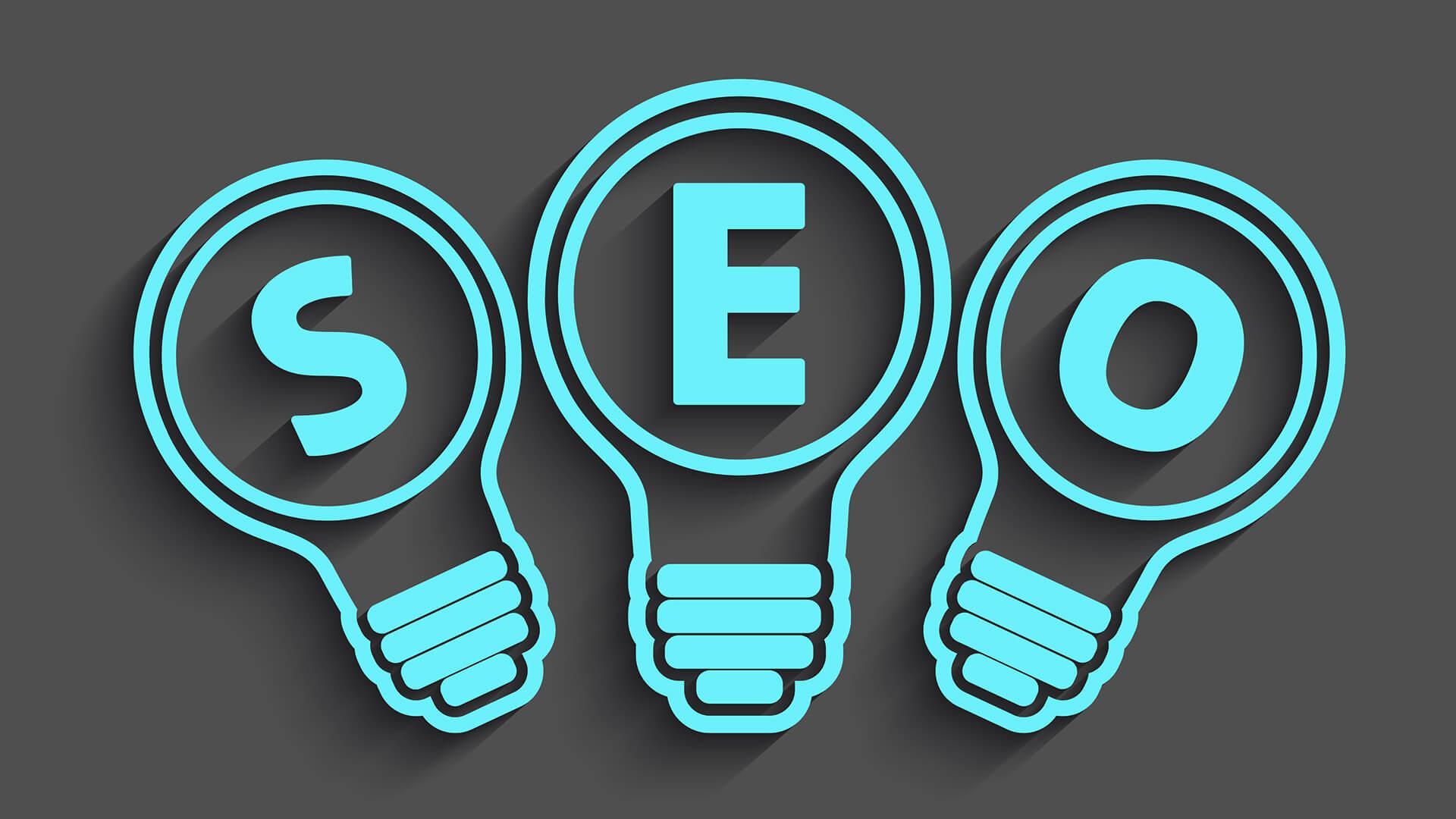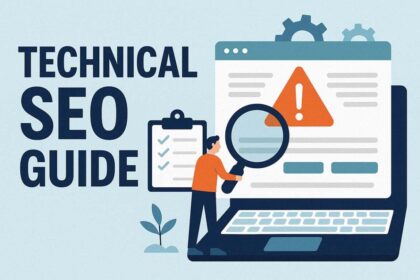In the fast-paced digital landscape, where attention spans are shorter than ever, website speed has emerged as a critical factor not just for user experience but for search engine rankings as well. Imagine your website as a high-performance vehicle on the information superhighway; if you’re running on an inefficient engine, even the most captivating content will struggle to reach its destination. “Rev Up Your Rankings: Mastering SEO Website Speed Optimization” invites you to take the wheel and navigate the intricacies of optimizing your website’s speed. This article will guide you through the essential techniques and best practices designed to streamline your site, enhance performance, and ultimately elevate your search rankings. Prepare to accelerate your online presence as we delve into the dynamic interplay between speed and SEO, equipping you with the tools to not only attract visitors but keep them engaged and eager for more.
Understanding the Impact of Website Speed on Search Rankings
Website speed plays a crucial role in determining your online visibility. Google’s algorithms increasingly favor faster-loading sites, considering load time a significant ranking factor. When a webpage lags, users tend to exit in droves, leading to high bounce rates that signal to search engines that your content may not be relevant. Optimizing speed not only enhances the user experience but also encourages prolonged engagement, which can positively influence your site’s authority in the eyes of search engines. Key aspects of optimization include:
- Image Compression: Reducing image file sizes without losing quality to accelerate loading times.
- Minification: Eliminating unnecessary characters in CSS, JavaScript, and HTML files to enhance speed.
- Server Response Time: Choosing a reliable hosting service and optimizing backend processes.
In the context of SEO, page speed directly correlates with your site’s performance metrics, influencing your overall ranking on search engine results pages (SERPs). Google’s Core Web Vitals assessment emphasizes metrics like loading, interactivity, and visual stability, which are vital for establishing a seamless browsing experience. While speed optimization may seem technical, the benefits are clear — improved conversion rates, lower bounce rates, and a stronger competitive edge. A simple way to visualize this impact is through the following table:
| Page Speed (Seconds) | Expected Bounce Rate (%) | Conversion Rate (%) |
|---|---|---|
| <1 | 10 | 5 |
| 1-3 | 30 | 3 |
| 3-5 | 50 | 1.5 |

Essential Techniques for Boosting Page Load Times
To enhance your website’s load times, start by optimizing images. Large image files can significantly slow down page loading, so consider using image formats like WebP for better compression without sacrificing quality. Additionally, leverage tools such as ImageMagick or online compressors to resize and optimize images before uploading them to your site. Implementing lazy loading for images will ensure that off-screen images are only loaded when the user scrolls down, drastically reducing the initial load time.
Another critical aspect is to minify CSS, JavaScript, and HTML. Removing unnecessary characters, spaces, and comments from these files can reduce their size, leading to faster downloads. Tools like UglifyJS for JavaScript and CSSNano for CSS can automate this process efficiently. Furthermore, consider utilizing a Content Delivery Network (CDN) to distribute your website’s content closer to users. By serving files from locations that are geographically nearer to them, you can reduce latency and enhance their browsing experience.

Tools and Resources for Measuring and Analyzing Website Speed
Understanding how to measure and analyze your website’s speed is crucial in optimizing for SEO. Various tools can help you gauge performance, pinpoint bottlenecks, and provide actionable insights. Here are a few essential resources:
- Google PageSpeed Insights – Offers detailed reports on your website’s performance on both mobile and desktop devices, along with suggestions for improvements.
- GTmetrix – Combines performance scores from Google Lighthouse and Web Vitals, presenting detailed metrics and waterfall charts to visualize loading times.
- WebPageTest – Gives you the option to test your site from different locations and browsers, providing a comprehensive analysis of performance metrics.
- Pingdom – Provides real-time monitoring and insights on site performance while comparing your website speed against competitors.
When interpreting data, it’s essential to focus on key metrics that directly impact user experience and SEO rankings. Here’s a summary of critical speed factors:
| Metric | Description |
|---|---|
| First Contentful Paint (FCP) | Measures the time taken to render the first piece of content. |
| Time to First Byte (TTFB) | Indicates the time taken from the client request to the first byte received by the browser. |
| Speed Index | Calculates how quickly content is displayed during the loading process. |
| Cumulative Layout Shift (CLS) | Measures visual stability and how much the layout shifts during page load. |

Future Trends in SEO and the Role of Performance Optimization
As we look towards the future, the landscape of SEO continues to evolve, with an increasing focus on user experience and site performance. Search engines are becoming more sophisticated, prioritizing websites that not only provide valuable content but also load quickly and efficiently. The correlation between speed and SEO rankings has never been clearer; hence, optimizing website performance is no longer an option but a necessity. A faster website improves user engagement, reduces bounce rates, and enhances conversion rates, making performance optimization a critical component of any successful SEO strategy.
Moreover, with the rise of mobile usage and the introduction of Core Web Vitals as a ranking factor, website speed optimization now affects search visibility across devices. Here are some trends to watch:
- Mobile-First Indexing: More users are accessing websites via mobile devices, pushing search engines to prioritize mobile-optimized sites.
- Transaction Efficiency: Enhanced loading times lead to better transactional experiences, significantly increasing sales.
- AI Integration: Intelligent algorithms will help in automating performance checks, identifying bottlenecks in real time.
| Performance Metric | Impact on SEO |
|---|---|
| Page Load Time | Direct correlation with bounce rates and overall rankings. |
| First Contentful Paint | Enhances perceived load speed, improving user satisfaction. |
| Cumulative Layout Shift | Maintains visual stability, crucial for user retention. |
In Summary
In the fast-paced digital landscape, where every second counts and user expectations soar, optimizing your website’s speed is not just a technical necessity but a strategic advantage. By implementing the techniques discussed in “Rev Up Your Rankings: Mastering SEO Website Speed Optimization,” you’re not merely enhancing performance; you’re crafting an inviting experience for your visitors, a key ingredient in building trust and loyalty.
As you embark on this journey toward a lightning-fast website, remember that speed optimization is a continuous process, an ever-evolving challenge in the realm of SEO. Stay informed, experiment with new tools, and adapt to the latest trends. Your efforts will not only boost your search rankings but also foster a seamless browsing experience that keeps users coming back.
Now, it’s time to put the pedal to the metal. Embrace the tools and strategies at your disposal, and watch as your website transforms into a speed machine, propelling you towards greater visibility, increased traffic, and ultimately, success in the digital marketplace. Let the world see what your optimized website can achieve—because when it comes to online presence, speed is indeed the name of the game.



